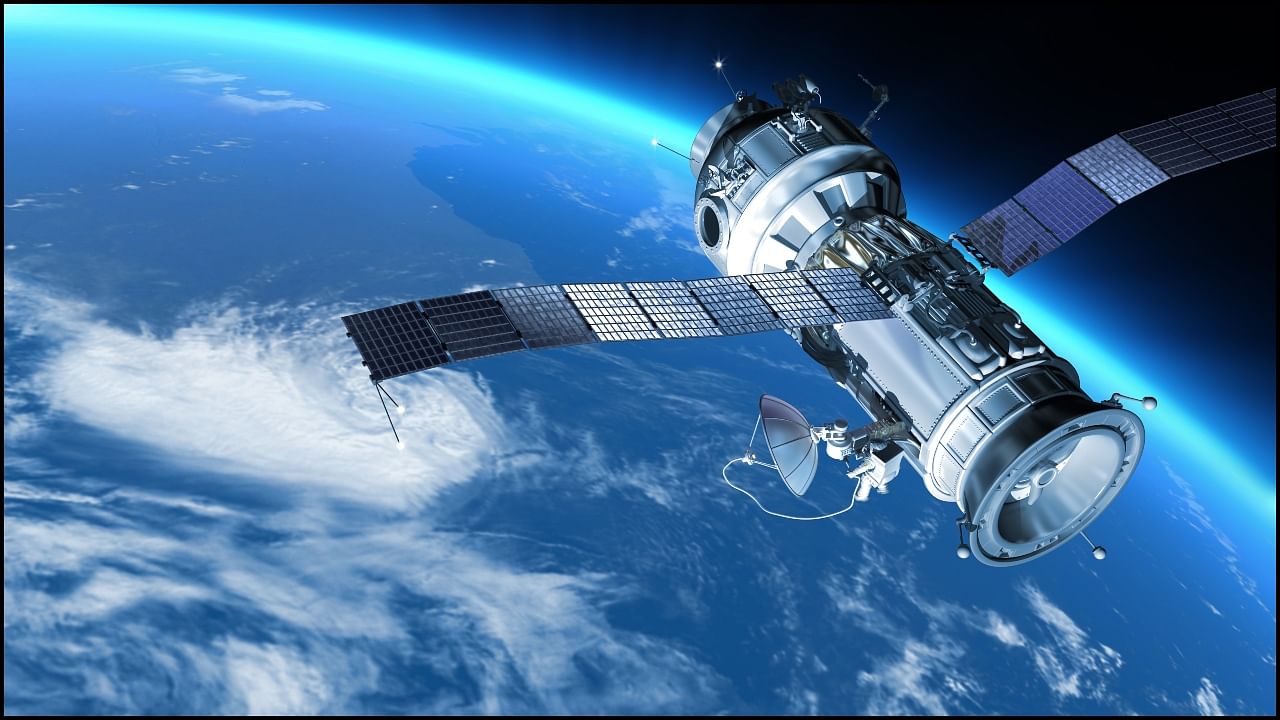
Representative image.
Credit: iStock Photo
Bengaluru: As the Indian Space Research Organisation (Isro) builds on the country’s ambitious, indigenous satellite navigation system, NavIC, for applications in diverse sectors, integration of the system with devices and applications is set to mark the critical next phase.
NavIC, or Navigation with Indian Constellation, is designed to provide accurate real-time positioning and timing services, with coverage extending up to 1,500 km beyond India’s borders. Pitched as India’s answer to the US-owned Global Positioning System (GPS), NavIC comes with the promise of transformative change in India’s navigation services.
The first NavIC generation comprised eight satellites – seven for standard positioning and one for messaging services – and the system ensures seamless coverage via its network of three geostationary and five geosynchronous satellites.
In May 2023, Isro launched the second-generation navigation satellite, NVS-01, enhancing the system's capabilities by adding the L1 frequency, alongside the existing L5 and S frequency bands. The L1, the ‘civilian’ band, significantly advances NavIC goals as most of the GPS applications are based on signals transmitted in this frequency band.
Prof P G Diwakar, Isro Chair Professor at National Institute of Advanced Studies, Bengaluru, and former Scientific Secretary of Isro, noted NavIC’s effectiveness across sectors such as transportation, geotagging, disaster management, and fisheries. “Fishermen, for example, use NavIC-enabled apps to receive information about fishing zones and weather warnings,” he said.
Thrust on integration
Prof Diwakar said the Indian government’s plans for making NavIC chipsets mandatory in all smartphones sold in the country by 2025 was expected to drive large-scale adoption, enabling new applications and e-governance solutions. “The recent integration of NavIC in the iPhone 15 signifies growing support,” he said.
NavIC tools can be used to pursue important Sustainable Development Goals laid out by the UN which will place India in a unique position to address challenges in many sectors under the broad categories of land, water, ocean, atmosphere, and urban and rural development, Prof Diwakar said.
NavIC is also expected to support drone systems and technologies such as Internet of Things (IoT), provide solutions for precision agriculture, and help improve urban planning. It can also enable the much-discussed automated toll payment systems on highways.
The system has been developed as part of India’s larger strategy to achieve self-reliance and develop indigenous technologies. It can be integrated with other regional navigation systems like Russia’s GLONASS, EU’s Galileo, Japan’s QZSS, and China’s BeiDou.
Collaboration with startups and the private sector to foster an ecosystem for new applications will be crucial for NavIC’s success, Prof Diwakar said.
Noting the “great promise” shown by NavIC, he underlined the need for a couple of more satellites in the NVS series to maintain a “healthy constellation”.
He cited 24x7 monitoring of the constellation and timely replacement of ageing or malfunctioning satellites as among the potential challenges. The technology for the NVS series needs to be localised as well, to eliminate foreign dependency. “The new, indigenously developed Atomic Clock Monitoring Unit, or NavIC clock, has been a game changer in this regard,” he said.